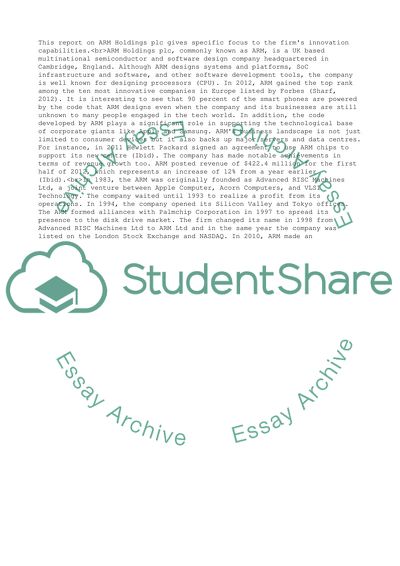Cite this document
(Enterprise and Innovation Essay Example | Topics and Well Written Essays - 2000 words, n.d.)
Enterprise and Innovation Essay Example | Topics and Well Written Essays - 2000 words. https://studentshare.org/management/1810474-enterprise-and-innovation
Enterprise and Innovation Essay Example | Topics and Well Written Essays - 2000 words. https://studentshare.org/management/1810474-enterprise-and-innovation
(Enterprise and Innovation Essay Example | Topics and Well Written Essays - 2000 Words)
Enterprise and Innovation Essay Example | Topics and Well Written Essays - 2000 Words. https://studentshare.org/management/1810474-enterprise-and-innovation.
Enterprise and Innovation Essay Example | Topics and Well Written Essays - 2000 Words. https://studentshare.org/management/1810474-enterprise-and-innovation.
“Enterprise and Innovation Essay Example | Topics and Well Written Essays - 2000 Words”. https://studentshare.org/management/1810474-enterprise-and-innovation.


